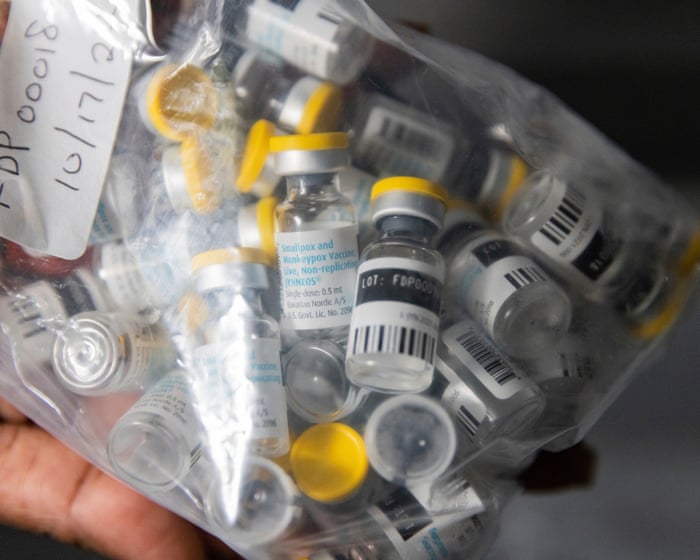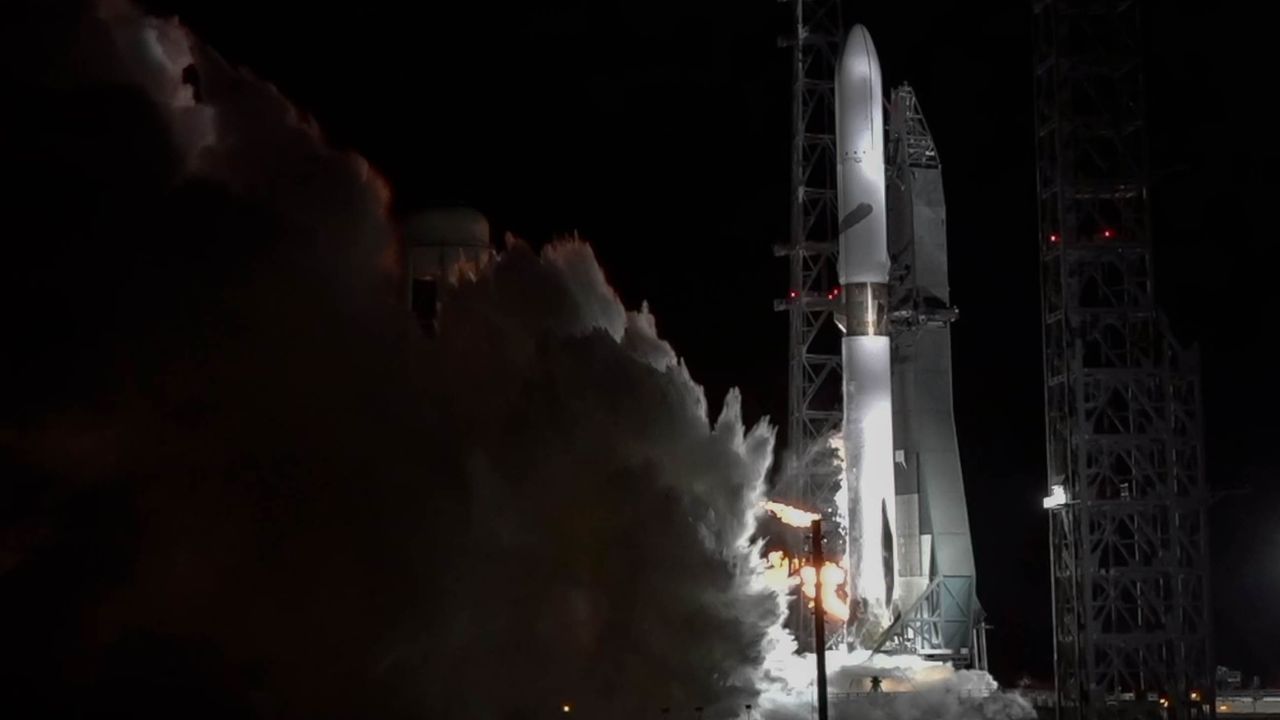Hellbender salamanders are huge—and in trouble
NegativeScience

Hellbender salamanders, often referred to as 'snot otters', are remarkable creatures that can grow up to two feet long. However, these fascinating amphibians are facing significant threats to their survival. Their decline is alarming not just for biodiversity but also for the health of aquatic ecosystems, as they play a crucial role in maintaining water quality. Conservation efforts are essential to protect these unique animals and their habitats, highlighting the urgent need for environmental awareness and action.
— Curated by the World Pulse Now AI Editorial System












